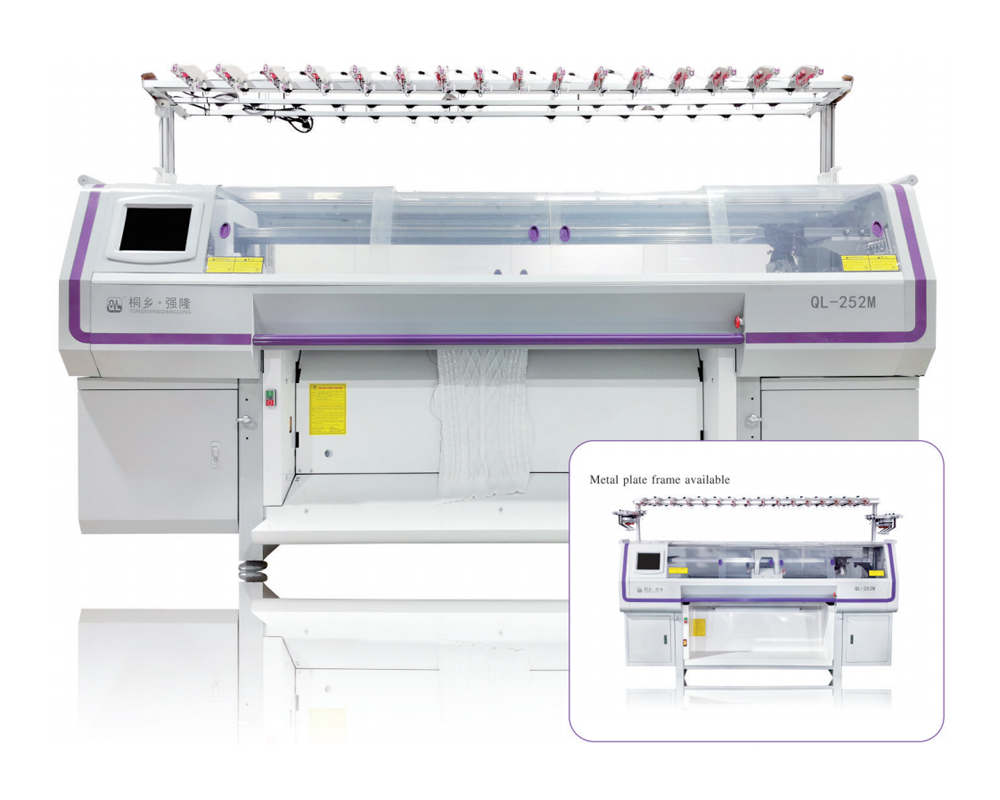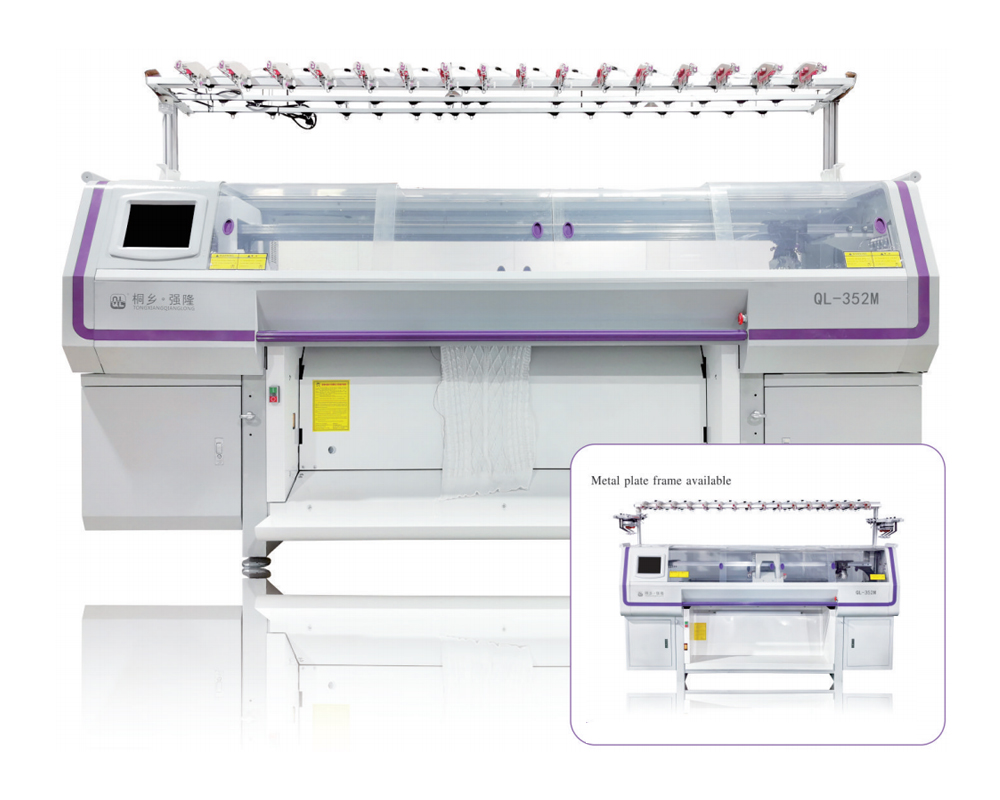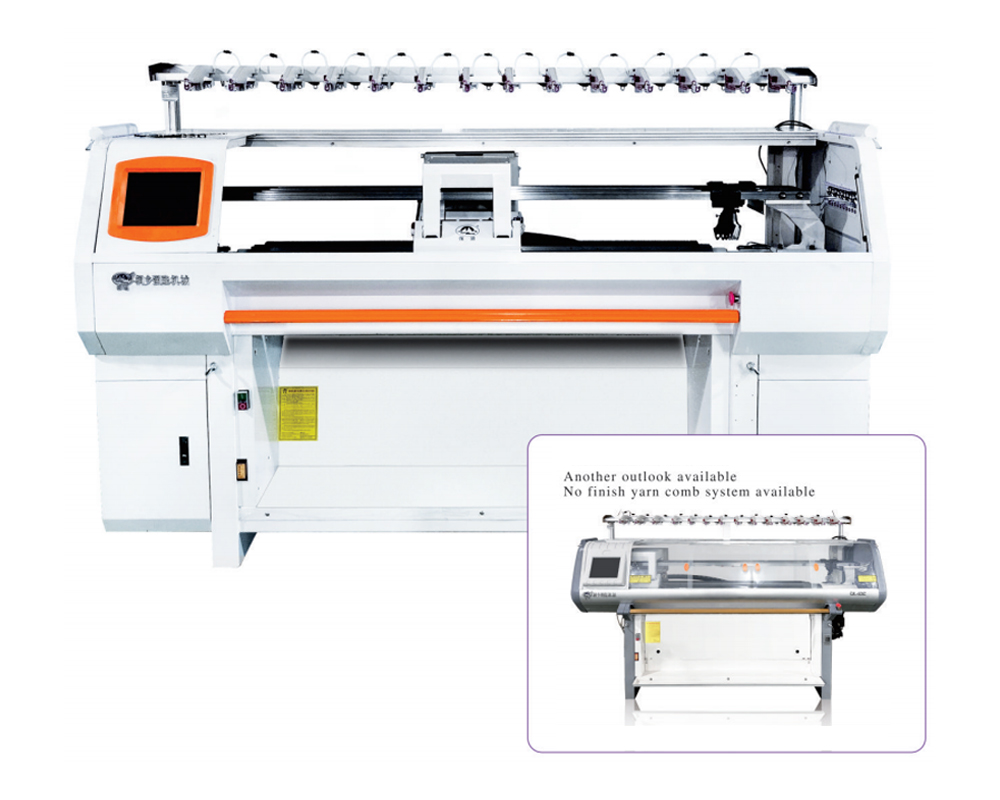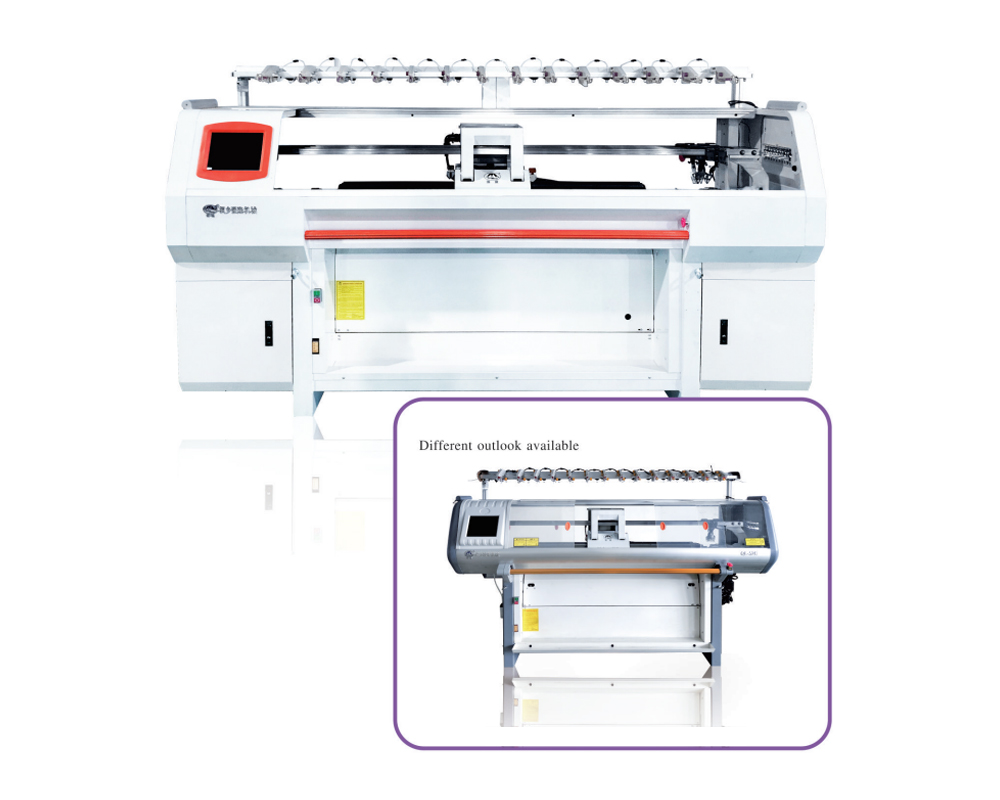Tongxiang Qianglong Machinery Co., Ltd. is high-tech China wholesale computerized flat knitting machine manufacturers, specialized in designing, developing, and manufacturing Knitting Machinery..
The textile industry has evolved tremendously over the last few decades, driven by automation, computerization, and innovation in knitting technology. Among the most advanced machines in modern textile manufacturing is the Double System Computerized Flat Knitting Machine, a powerful tool known for its precision, flexibility, and efficiency. It has become an essential asset for producing a wide variety of high-quality knitted fabrics used in apparel, home textiles, and industrial applications.
This article explores the different types of fabrics that can be produced using a double system computerized flat knitting machine, how its structure supports versatility, and why it is the preferred choice for both fashion and technical textile production.
1. Understanding the Double System Computerized Flat Knitting Machine
A double system computerized flat knitting machine is a type of advanced knitting equipment that operates with two independent knitting systems controlled by a computerized programming unit. Each system can perform separate or synchronized knitting actions, allowing the production of complex patterns, multiple colors, and various textures simultaneously.
Unlike traditional single-system flat knitting machines, the double system configuration enables higher knitting speed and efficiency since two yarn carriers can work in parallel. This setup enhances productivity while maintaining consistent stitch quality.
The computerized control system provides precise manipulation of needles, yarn tension, and loop formation, ensuring that even intricate fabric structures are produced accurately. Designers and technicians can create custom knitwear by uploading digital patterns, which the machine translates into precise needle movements.
2. Major Types of Fabrics Produced by Double System Flat Knitting Machines
The versatility of a double system computerized flat knitting machine allows manufacturers to produce a broad spectrum of fabric types. Below are the most common categories:

a. Plain Knitted Fabrics (Single Jersey and Double Jersey)
One of the fundamental fabric types produced by this machine is plain knitted fabric, also known as jersey fabric.
- Single Jersey fabrics are lightweight and stretchable, ideal for T-shirts, dresses, and innerwear.
- Double Jersey (Rib or Interlock) fabrics, produced using both systems, have better elasticity and stability, making them perfect for sportswear, sweaters, and jackets.
The double system setup allows the simultaneous formation of front and back loops, which enhances efficiency and reduces production time for thicker or reversible fabrics.
b. Rib Fabrics
Rib fabrics feature alternating knit and purl stitches, giving them a distinctive vertical ribbed appearance and excellent elasticity. Common variants include 1×1 rib, 2×2 rib, and 3×1 rib structures.
These fabrics are widely used in cuffs, collars, waistbands, and fitted garments because of their ability to stretch and recover. The double system allows the two needle beds to operate in coordination, ensuring uniform ribs and better dimensional stability compared to single-system machines.
c. Jacquard Fabrics
One of the greatest advantages of computerized flat knitting machines is their ability to produce jacquard fabrics. Using computer programming, complex patterns, textures, and multi-color designs can be achieved with remarkable precision.
Double system machines handle multi-color jacquard, intarsia, and structure jacquard knitting efficiently. These fabrics are popular in high-end fashion, upholstery, and decorative applications where intricate aesthetics and texture variations are desired.
d. Purl and Half-Cardigan Fabrics
With their two systems, these machines can produce purl fabrics, which have alternating knit stitches on both sides, giving a reversible and soft texture.
Half-cardigan and full-cardigan fabrics—characterized by their 3D texture and elasticity—are also easily knitted using this equipment. These fabrics are commonly used for sweaters, scarves, and winterwear, providing warmth, bulkiness, and a premium appearance.
e. Tuck and Miss Stitch Fabrics
Tuck and miss stitch structures introduce texture, thickness, and ventilation into the fabric.
- Tuck fabrics trap loops to form raised surfaces and unique textures.
- Miss stitch fabrics skip certain needles to create openwork patterns or reduce fabric weight.
Both effects are programmable and efficiently produced by a double system flat knitting machine, enabling designers to create breathable, lightweight, and visually interesting fabrics for both casual and sportswear.
f. Intarsia and Multi-Color Patterned Fabrics
The intarsia knitting technique involves knitting multiple colored yarns into the fabric to create distinct blocks of color without floats on the back. This technique is widely used in fashion sweaters, sports jerseys, and decorative textiles.
Double system computerized machines make intarsia knitting more efficient by controlling yarn feeders digitally, ensuring clean color transitions and high design accuracy. Complex multi-color patterns that once required manual effort can now be executed automatically with minimal error.
g. Spacer and 3D Fabrics
Advanced versions of double system computerized flat knitting machines can also produce spacer fabrics—three-dimensional knitted structures that feature two outer layers connected by filaments or knitted pillars.
These fabrics provide cushioning, ventilation, and impact resistance, making them ideal for footwear linings, automotive seats, and orthopedic textiles. The dual knitting systems allow simultaneous operation of both fabric layers with a controlled interlink structure, producing consistent and durable 3D materials.
h. Fashion Knitwear and Fully Fashioned Garments
Another major application of this technology is in fully fashioned knitwear, where each garment panel is shaped directly on the machine. This reduces material waste and eliminates the need for cutting and sewing.
Double system machines are particularly efficient for fashion sweaters, cardigans, and outerwear, offering seamless knitting, ribbed edges, and precise shaping at necklines or sleeves. The computerized control ensures perfect symmetry and design accuracy, supporting the shift toward on-demand and sustainable garment production.
3. Advantages of Using Double System Machines for Fabric Production
The reasons manufacturers prefer double system computerized flat knitting machines extend beyond versatility. Some of the key advantages include:
- Higher Efficiency: Two knitting systems working in tandem double the output speed compared to single-system machines.
- Enhanced Precision: Digital programming ensures exact needle selection and uniform stitch formation.
- Design Flexibility: Compatible with a wide range of yarns—cotton, wool, acrylic, polyester, or blends—allowing creative fabric design.
- Material Optimization: Fully fashioned knitting minimizes fabric waste, promoting sustainability.
- Automation and Ease of Operation: Reduced manual intervention and automatic adjustment of tension, carriage speed, and yarn feed simplify production.
These benefits make the machine suitable for both mass production and customized small-batch manufacturing.
4. Applications Across Industries
The fabrics produced by double system computerized flat knitting machines find applications across numerous industries:
- Apparel: Sweaters, dresses, sportswear, socks, scarves, and outerwear.
- Home Textiles: Cushion covers, upholstery, blankets, and decorative throws.
- Technical Textiles: Medical supports, shoe uppers, and automotive interiors.
- Fashion Design: Complex patterns and 3D textures for designer collections.
This wide applicability reflects the adaptability and innovation potential of double system knitting technology.
5. The Future of Double System Computerized Flat Knitting
As the textile industry embraces digital transformation, AI-driven pattern design, automatic defect detection, and integrated yarn management systems are being incorporated into flat knitting machines.
The next generation of double system machines is expected to feature real-time data feedback, smart tension control, and energy-saving technologies, further improving productivity and sustainability. These innovations will make it easier to produce personalized fabrics and garments with greater speed and precision.
Conclusion
The Double System Computerized Flat Knitting Machine represents the cutting edge of textile manufacturing, combining high-speed operation with unmatched design versatility. From basic jersey fabrics to intricate jacquard patterns and advanced 3D materials, this machine can produce a vast array of fabrics that cater to both functional and aesthetic needs.
Its capability to blend automation, flexibility, and precision makes it an indispensable tool for modern knitting mills and fashion manufacturers. As technology continues to evolve, the double system flat knitting machine will remain a cornerstone in the creation of innovative fabrics for the global textile market.

 English
English 简体中文
简体中文
 Chinese
Chinese English
English











